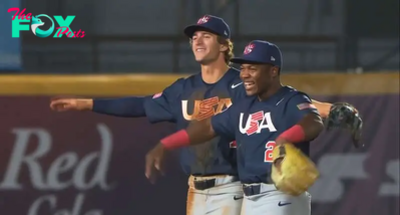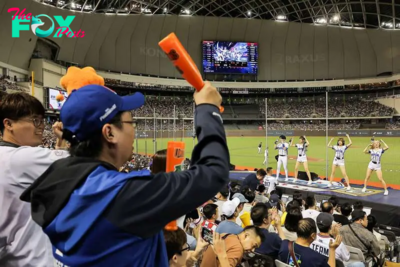MLB
What were the baseball Negro Leagues and when did they disappear? Teams, key players...
America has a long and tortured relationship with race and integration, more so than almost any other country on earth. All of the Caribbean, in fact all of both American continents shared in the infamy of slavery, and yet almost uniquely, it is the USA that still struggles so profoundly with the issue.
And that struggle extends to our national pastime as well, tainting the best of us along with the worst. Finally, more than a century and a half since the abolition of slavery, and more than fifty years since the civil rights movement, the venerable old lady of American sports, baseball, has crossed the final frontier, integrating the records of the Negro Leagues into the wider record books.
The Negro Leagues, for the uninitiated, were a collection of professional baseball leagues in the United States that provided a platform for African American and Afro-Latin American players to showcase their talents during an era of racial segregation. Established in 1920 with the founding of the Negro National League (NNL) by Andrew “Rube” Foster, these leagues offered a chance to play professionally for black players who were barred from the Major Leagues. The leagues’ existence spanned several decades, featuring remarkable athletes and teams that captivated fans and significantly influenced the sport’s history.
The peak of the Negro Leagues was the 1920s and 1930s, with several key teams emerging as powerhouses. The Kansas City Monarchs, Pittsburgh Crawfords, and Homestead Grays were among the most notable. The Monarchs, in particular, were renowned for their consistent dominance, boasting a roster that included future Major League stars like Jackie Robinson and Satchel Paige. The Homestead Grays, led by legendary players such as Josh Gibson and Buck Leonard, were equally formidable, winning numerous league championships and drawing large crowds.
Key players of the Negro Leagues left an indelible mark on baseball History. Satchel Paige, perhaps the most famous pitcher of the leagues, mesmerized audiences with his incredible fastball and charisma. Josh Gibson, often referred to as the “Black Babe Ruth,” was known for his prodigious home run-hitting prowess. Jackie Robinson’s time with the Kansas City Monarchs paved the way for his groundbreaking entry into Major League Baseball in 1947, breaking the color barrier and changing the landscape of the sport forever.
The decline of the Negro Leagues began in the late 1940s, following Robinson’s integration into the Major Leagues. As more African American players were signed by Major League teams, the talent pool in the Negro Leagues dwindled, leading to a gradual decrease in attendance and revenue. By the early 1950s, many teams had disbanded, and the leagues struggled to sustain operations. The last of the major Negro Leagues, the Negro American League, ceased operations in 1960.
Despite their dissolution, the legacy of the Negro Leagues endures. They not only provided a stage for some of the greatest talents in baseball history but also played a crucial role in the Civil Rights Movement by openly challenging racial barriers.
The Negro Leagues’ contribution to the sport was formally recognized in 2020 when Major League Baseball announced it would officially elevate their statistics and records to Major League status, ensuring that the achievements of these remarkable athletes are forever enshrined in baseball’s pantheon.
-
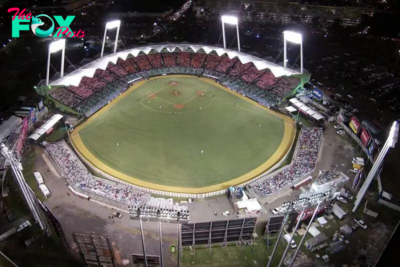
 MLB2d ago
MLB2d agoMLB dumps Puerto Rico and Mexico from 2025 schedule
-

 MLB3d ago
MLB3d agoWill the Yankees and Dodgers end up trading power hitters?
-

 MLB3d ago
MLB3d agoVenezuela vs Japan: Date, times, how to watch 2024 WBSC Premier12 Super Round on TV, online
-
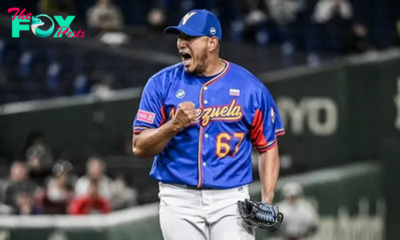
 MLB3d ago
MLB3d ago2024 WBSC Premier12 Super Round: Who plays Nov. 22? Times, TV and streaming
-

 MLB3d ago
MLB3d agoChinese Taipei vs USA: Date, times, how to watch 2024 WBSC Premier12 Super Round on TV and online
-

 MLB3d ago
MLB3d ago2024 Cy Young Awards crown Tarik Skubal and Chris Sale
-

 MLB3d ago
MLB3d agoUSA vs Japan: Times, how to watch 2024 WBSC Premier12 Super Round on TV and online
-
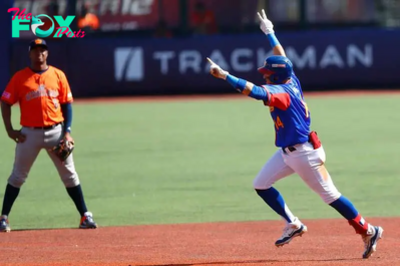
 MLB4d ago
MLB4d agoChinese Taipei vs Venezuela: How to watch 2024 WBSC Premier12 Super Round on TV and online






